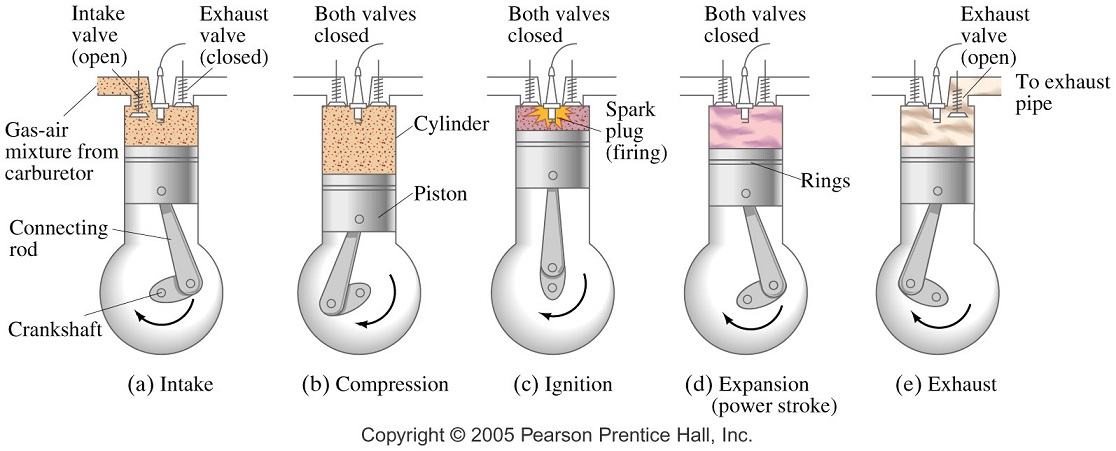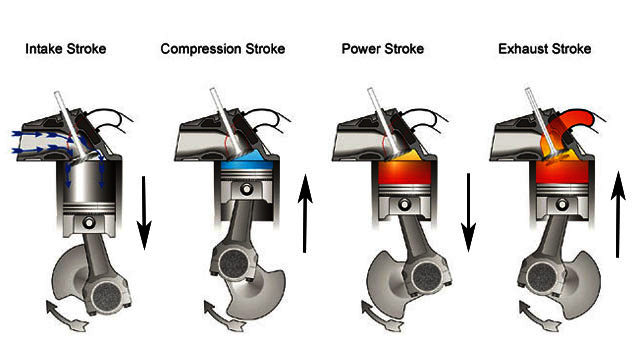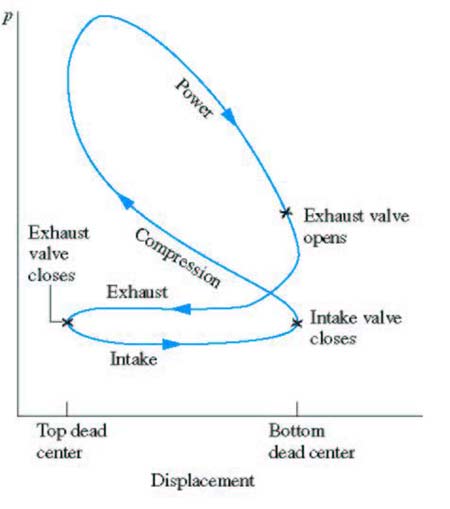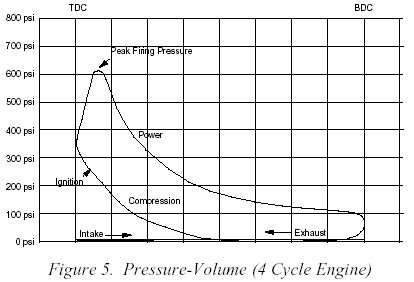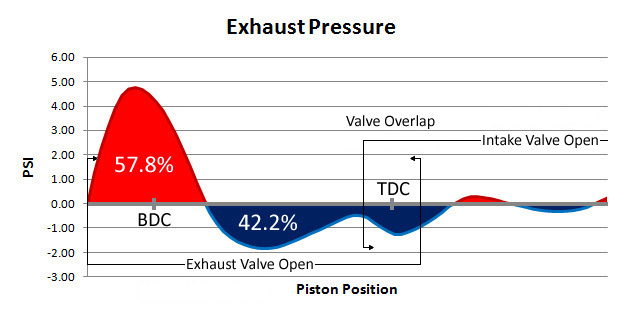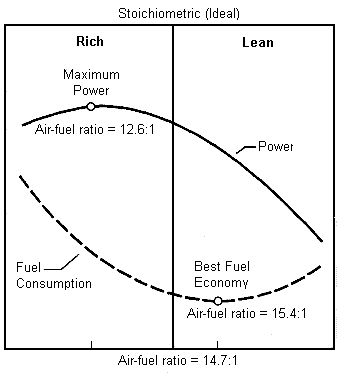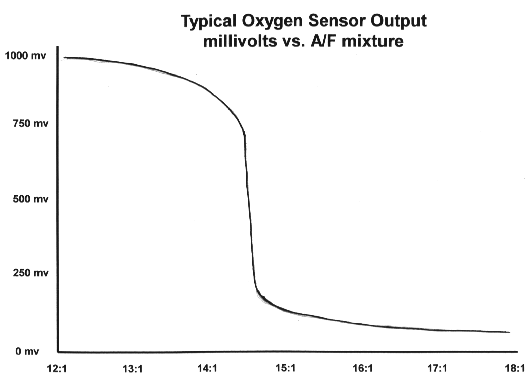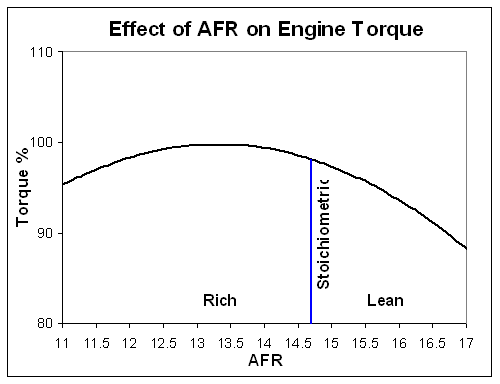...................The Four Key Properties of Fuel......................
http://www.vpracingfuels.com/page469659 ... on15613263
Too often, racers focus only on octane when evaluating the quality of a fuel. Octane is certainly important, but it’s just one of several key fuel properties that should be considered when evaluating and selecting a fuel. It’s entirely possible to generate more horsepower with a lower octane fuel if it’s designed properly with respect to its other key properties. It’s also possible for two fuels to have the same octane rating, but perform very differently due to their other key properties.
1. OCTANE: Octane is simply a rating of a fuel’s ability to resist detonation and/or preignition. It is not so much an indication of a fuel’s ability to make power, but rather a fuel’s ability to make power safely, i.e., without blowing your engine. Octane is rated in Research Octane Numbers (RON), Motor Octane Numbers (MON) and Pump Octane Numbers (R+M/2). A Pump Octane Number is the number you see on the yellow decal at gas stations, representing the average of the fuel’s RON and MON. (See below for a more detailed explanation of how octane numbers are derived and what they represent.)
VP relies on MON numbers because the MON test more accurately simulates racing conditions. Don't be fooled by high RON or R+M/2 numbers. Many companies use these simply because they look higher and are easier to come by because of the test methods. Also bear in mind that the ability of fuel to resist detonation is more than just a function of octane.
2. BURNING SPEED: This is the speed at which fuel releases its energy and is partially a function of a fuel’s vaporization qualities. At high RPMs, there is very little time (real time - not crank rotation) for the fuel to release its energy. Peak cylinder pressure should occur around 20˚ ATDC. If the fuel is still burning after this, it’s not contributing to peak cylinder pressure, which is what the rear wheels see. Because VP’s fuels are designed with a particular focus on vaporization characteristics, most of VP’s fuels—oxygenated or nonoxygenated—vaporize much better than comparable competitive fuels. This means it cools the intake charge, burns faster and yields more efficient combustion. As a result, the “effective” octane rating of VP’s fuels is even higher than the octane test indicates, and they will prevent detonation better than competitive fuels with similar MONs.
3. ENERGY VALUE: Energy value is an expression of the potential energy in fuel. The energy value is measured in BTUs per pound, not per gallon. The difference is important as the air/fuel ratio is in weight, not volume. Generally speaking, VP’s fuels measure high in BTUs per pound and thus, have a higher energy value. This higher energy value will have a positive impact on horsepower at any compression ratio or engine speed.
4. COOLING EFFECT: The cooling effect of fuel is related to the heat of vaporization. The higher a fuel’s heat of vaporization, the better its ability to cool the intake mixture. The superior vaporization characteristics of VP’s fuels make cooling effect one of their key advantages. A better cooling effect can generate some horsepower gains in 4-stroke engines and even bigger gains in 2-stroke engines. VP’s superior cooling effect can also ensure circle track racers maintain power in the longest races and harshest conditions. In virtually any application, the cooling effect of VP’s fuels will help extend engine life.
Understanding these key properties of fuel will better equip you to evaluate fuels for your application. By clicking on your application to the right,
you’ll find a list of VP fuels designed with you in mind, along with the fuels’ relevant characteristics.
Before making a final fuel selection, we encourage you to consult with your VP regional distribution center or VP’s Technical Support Staff.
Be prepared to answer the following questions:
• Is your engine naturally aspirated, turbocharged, blown or using nitrous oxide?
• What is the compression ratio (CR) of your engine?
• Does your engine have O2 sensors or CATS?
• In what series or sanctioning body will you be racing?
• What are their fuel rules, e.g,. are any fuels illegal or do they allow oxygenated fuels?
• In which class will you be racing?
You can be confident that once we understand your application, we’ll find the fuel that will make the most power for your engine!

